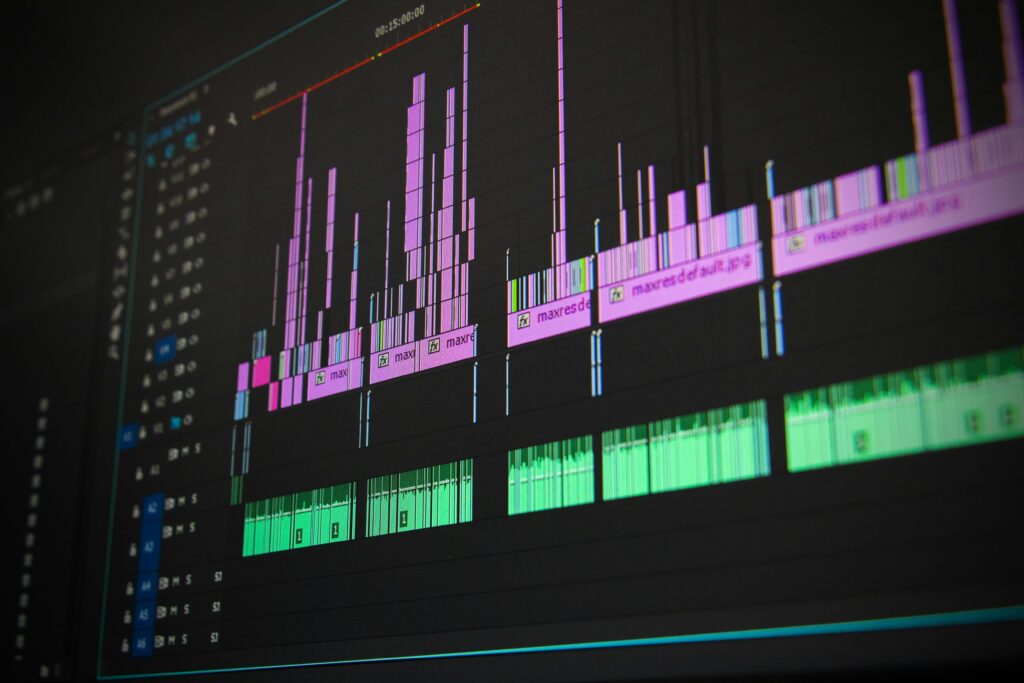Although music production can be a complex and detailed process, layering is one of the most efficient ways for taking songs to the next level. Layering is the technique of creating a thick, varied, and immersive auditory experience by merging various sounds, instruments, and materials. Whether you are a beginner or an experienced producer, mastering the layering technique can revolutionize your musical compositions.
Fundamentally, layering involves incorporating complexity and depth into your recordings. Consider every individual sound as a distinct brushstroke on a canvas; through meticulous merging and combination, one can craft a work of art that not only captivates the listener but also elicits emotional responses. The aesthetic appeal of layering resides in its capacity to augment a basic cadence or melody into a complex tapestry of auditory elements.
In this article we are going to discuss about music layering and tips and tricks for creating a perfect music layering:

1. Establishing the Foundation:
Prior to layering, it is imperative to create a solid foundation for the track. This may manifest as an infectious chord progression, a spirited bassline, or a synchronized percussion pattern. Consider this to be the foundational framework that will support the subsequent layers. A solid foundation is of utmost importance as it serves as the anchor that enables other components to adhere to and integrate into a unified entity.
2. Introducing interest and depth with melodic layers
Upon establishing the foundation, one may proceed with the process of embellishing melodic components. This may entail augmenting the primary melody with a supplementary synth or pad sound, or incorporating a countermelody that interweaves with the main melody line. Selecting sounds that harmonize with one another and generate a sense of harmonic interplay is crucial in this situation. Incorporate variation in timbres, octaves, and articulations into your melodies to introduce depth and intrigue.
Also read our article on “Mastering the Mix: Tips for Balancing Audio Levels in Your Tracks“
3. Rhythmic Layers:
Rhythmic layers are crucial for imparting energy and groove to a recording. Shakers, tambourines, and claps are examples of percussion instruments that can be layered to create motion and add rhythmic accents. To achieve a unique and multi-textured groove, one can also experiment with layered percussion samples or the combination of electronic and acoustic drum sounds.
4. Atmospheric Layers:
The atmospheric layers that comprise your track’s sonic landscape are the brushstrokes. These may comprise opulent pads, whirling textures, or ambiance soundscapes that imbue the composition with profundity and sentiment. Greater prominence of atmospheric elements can generate a feeling of release or tension, whereas more subtle ambient layers can impart a sense of depth and space.
5. Automation and Modulation:
After the layers have been assembled, one may proceed with the integration of automation and modulation. This entails the automation of diverse instrument and effect parameters, including but not limited to filters, volumes, phasing, and modulation effects such as chorus or flanging. By introducing automation and modulation, you can infuse vitality into your layers, resulting in dynamic transitions and motions that captivate the audience.
As one further explores the craft of layering, it is imperative to bear in mind several fundamental principles:

1. Equilibrium and lucidity:
While layering is a technique utilized to introduce complexity and depth into a composition, it is critical to preserve equilibrium and coherence. It is essential that each stratum possess a unique area and function, ensuring that it does not interfere with or obscure the other components. Aware of frequency masking, carve out space for each layer with EQ judiciously.
2. Distinction and Variation:
In addition to incorporating additional sounds, layering is a technique that can be used to introduce variation and contrast into a recording. Incorporate elements that offer contrast in rhythmic, timbral, or dynamic aspects to sustain the listener’s interest and avert the risk of your compositions becoming monotonous or overpowering.
3. Prudent Moderation:
Although it may be alluring to continue adding layers, there are times when less is more. Demonstrate self-control and exercise discernment when selecting which components to layer. In order to prevent a cluttered and unfocused blend, exercise restraint when removing excess layers and allowing the individual components to stand out.
Determining the art of layering requires considerable investigation and testing. The process involves discovering the optimal combination of elements in order to form a unified and enthralling entity. You will develop an acute sense of balance and contrast, as well as an ear for complementary sounds, as you further refine your layering abilities.
It is important to bear in mind that layering in music serves a purpose beyond mere sound addition; rather, it imparts depth, texture, and emotion. Acquiring proficiency in this field will grant you access to an infinite realm of aural opportunities, enabling you to compose captivating and immersive musical encounters that profoundly connect with your audience.
Prepare your musical canvas by donning your virtual brush. Adopt the practice of layering and observe as your compositions imbue them with opulence, profundity, and an indisputable aura of mysticism.

